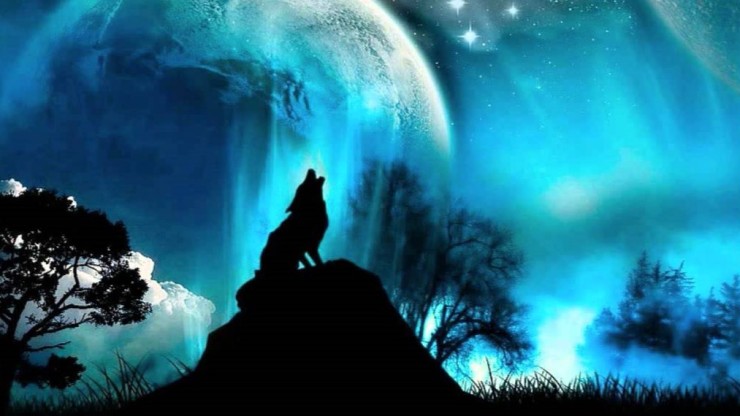
“Some people talk to animals.
Not many listen though, that’s the problem.”
A.A. Milne
The Wolf Song Nordic Lullaby Vargsången (courtesy of Jonna Jinton):
Courtesy of the Wolf Conservation Center:

“Wolf Speaks:
I wander mountains high
and river pathways
I seek cover in deep forests
from hunters’ cruel knives
Yet my cousins warm your
hearts with love and loyalty
Love me also even though
you do not command my freedom path.”

Dances with Wolves theme by John Barry, performed by Andre Rieu (courtesy of 1912-kaos):
Prehistoric humans dealt with the hardship and difficulties of their daily lives against the backdrop of the seismic changes taking place on Earth. We know that the survival of humans often depended on their close relationship with animals. They have evolved at the same time and together shared green plateaus, developing mountains, active volcanoes, rainforests, waterfalls, rivers, snow, and air during their travels in search of a suitable place to settle.
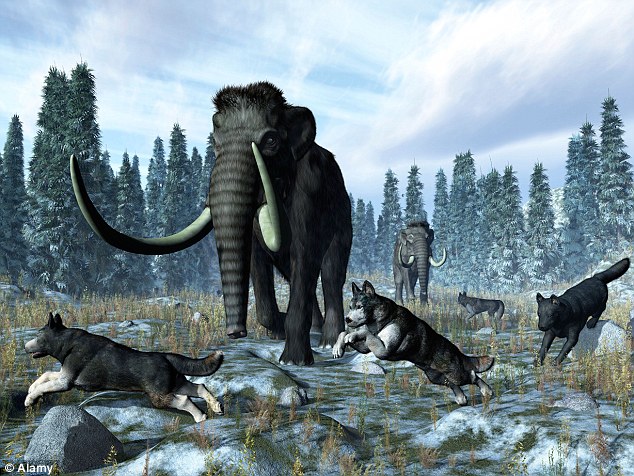
There are drawings of animals in caves and the footprints of a wolf and a child in the 32,000 years old Chauvet Cave in France. The nomadic tribes that lived in Asia, Southeast Asia, and who travelled as far as Siberia, lived between 200,000 and 50,000 years ago. A few years ago, the discovery of fragments of bone and teeth that had been frozen for 50,000 years provided the DNA of a young girl. Recently, scientists, using a sophisticated new technique, were able to extract information about the size and shape of her facial features. Using this data, scientists reconstructed the face of this girl, below.
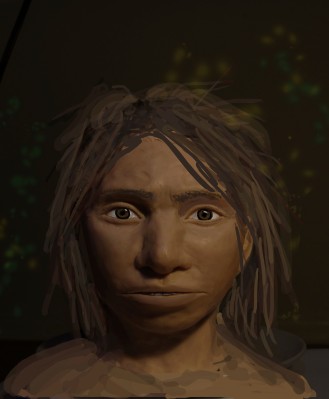
What did ancient teens look like? (courtesy of Inside Edition):
The conclusion of the research was that these ancient humans in some traits resembled us, but in others they were unique. One thing is certain, to survive they had to develop a partnership with animals, most likely with wolves as their hunting methods were similar, and they were friendly and adaptable, especially as they were sharing the spoils of the hunt.
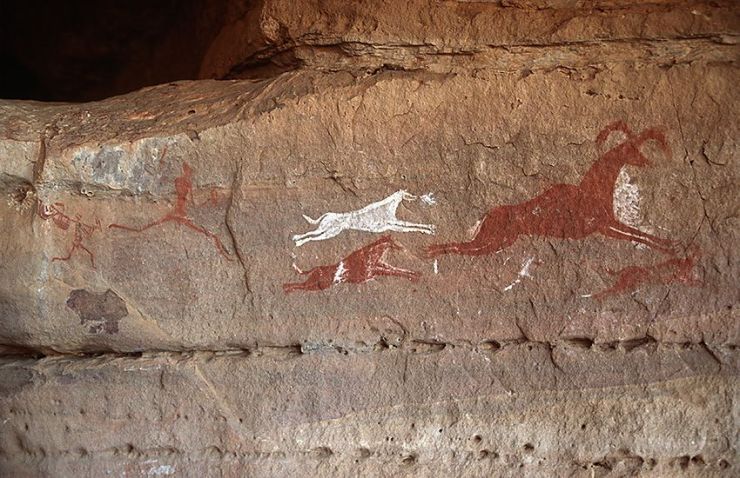
These cave paintings illustrate the human need to communicate, although cave art may have been created for various reasons. Hunting was critical to early humans’ survival, and animal art in caves has often been interpreted as an attempt to influence the success of the hunt, exert power over animals that were simultaneously dangerous to early humans and vital to their existence, or to increase the fertility of herds in the wild.
Cave Art 101 (courtesy of National Geographic)
Some of the best-preserved prehistoric art has been found at the Chauvet cave (courtesy of BBC Newsnight):
Werner Herzog muses on his film “Cave of Forgotten Dreams” (courtesy of Scientific American):
A tantalising glimpse into the “Cave of Forgotten Dreams” – The Paintings (courtesy of Charlie Collier):
As wolves are tribal, being a part of the ancient humans’ tribe was even better as there was greater safety in numbers. To ancient humans, wolves would offer protection against much larger prey. Women, in particular, had a close rapport and security with the presence of wolves. Those relationships were part of thousands of years old lived experiences, and have to be remembered as an important reflection of our shared lives on Earth, not as primitive but primal; a known part of tribal culture.
A man among wolves (courtesy of maximebarber):
“Crying Wolf” by Enya (courtesy of takis053):
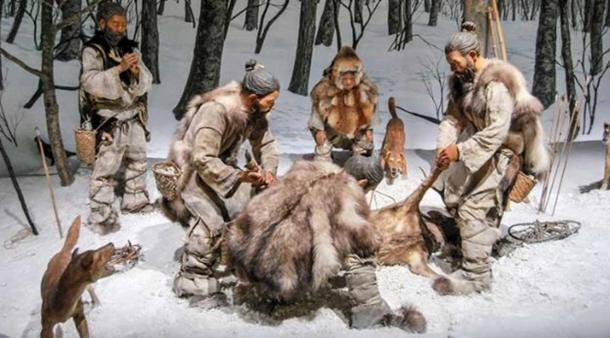
The ancient nomadic tribes had the saying: ‘Your name is honoured among the wolves’, as a sign of being accepted and elevated among them. When the grunts of the tribe people were later developed into simple words-sounds, the wolves, their earliest companions, were praised in their first rituals, involving dancing.
“Ly-O-Lay Ale-Loya” (The Counterclockwise Circle Dance) by Sacred Spirit (courtesy of Celeste Miss):

Later still, in recalling the past adventures of journeying across the globe, while sitting around the fire, the wolves were always included as in this poem-chant of one ancient tribe:
“There was one among the People
to whom Wolf was brother
He was so much Wolf’s brother
that he would sing their song to them
and they would answer him.
He was so much Wolf’s brother
that their young would sometimes follow him
through the forest and it seemed
they meant to learn from him.
They listened to hear which place
might be drier in rain and more
protected in winter; they spoke of the hills
and trees, of clearing and running water.
So it was, at this time that the People
gave That One a special name
They called him Wolf’s Brother.
They listened until they reached agreement
and the Eldest among them finally rose
and said: ‘So be it- for so it is’.
‘But wait’, someone cautioned –
‘Where is Wolf’s Brother?’
Who, then speaks for Wolf?
Until at last someone would rise
and ask the old, old question
to remind us of things we do not
yet see clearly enough to remember:
“Tell Me Now My Brothers
Tell Me Now My Sisters
Who Speaks For Wolf?”
A Native American folktale, told through shadow puppetry (courtesy of Nite at the Puppet Asylum):

“Ashokan Farewell” by Jay Ungar, performed by Borealis Wind Quintet:

“Spirit of the Wolf” (courtesy of Lucy O’Sullivan):
Courtesy of Wolf Conservation Center:
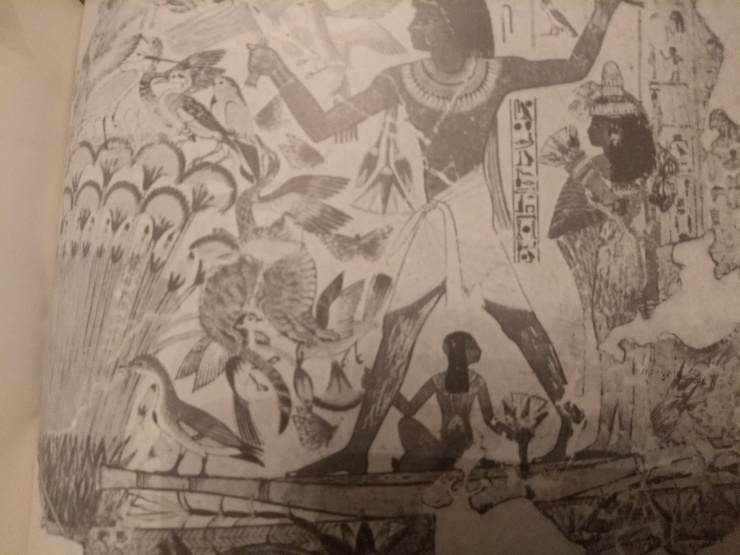
Throughout ancient history wolves, and then dogs, entered into a relationship with people. The ancient Egyptians regarded animals as their equals. From prehistoric times wolves and then dogs, which originated from wolves, were evident on steales. During the Middle Kingdom dogs were helping the members of the desert police to patrol the Western Desert in search of fugitives. Dogs were so loved that the masters often included a space in their own sarcophagus for their dogs. The evidence seen on numerous steales substantiates the esteemed position of dogs, the ancient humans’ faithful and earliest companions, throughout Egyptian history.
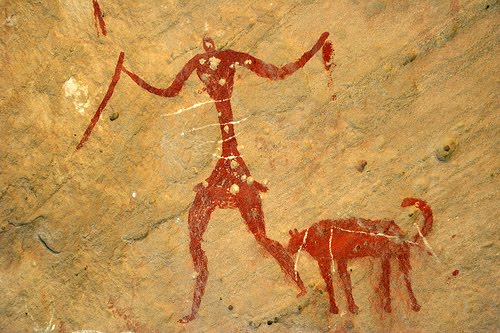
How did wolves evolve? (courtesy of National Geographic):
The evolution of dogs explained by Neil deGrasse Tyson (courtesy of Entrance Help):
Moreover, human evolution was aided by dogs (courtesy of BBC):
Over the millennia wolves were replaced as human companions by wolfhounds and then other dogs. Today dogs are as important to us as once wolves were. Many are indispensable to those who are disabled, blind, deaf, autistic or in a wheelchair. Others help police officers to apprehend criminals or are greatly valued dogs of war tracing hidden mines. Dogs are excellent at tracing hidden drugs. They help firefighters to find the cause of fires. They rescue people that are lost in avalanches, buried deep in snow. But above everything else, they bring unconditional love, companionship, and entertainment to those of us that are fortunate to have a dog as part of their family life.
A very happy ‘wolf’! (courtesy of Sarah and the Wolves):

“The earth does not belong to man, man belongs to earth.
All things are connected like the blood that unites us all.
Man did not weave the web of life, he is merely a strand in it.
Whatever he does to the web, he does to himself.”
Chief Seattle
“The Frozen Call” (courtesy of Jonna Jinton):

Wolves are special animals, I admire them greatly. There are still quite a lot of wolves in the plains and woods of Russia.
LikeLike
Thank you, Olivia, for your kind comment.
Joanna
LikeLiked by 1 person
Thank you again. Greatly appreciated.
Joanna
LikeLiked by 1 person
Gosh, this is so fascinating. Utterly amazing wealth of information here and will take me days to see and hear it all. I love the wolf songs and the first Norwegian song and now I’m enthralled by the cave paintings. What an endeavour, to build that replica! Wow. I look forward to coming back to the rest of it soon.
LikeLike
Thank you for your kind comments. I do hope that you will read the rest of the post soon.
Joanna
LikeLiked by 1 person
Thank you again.
Joanna
LikeLiked by 1 person
Oh, I will. Looking forward to it.
LikeLike
Thank you.
LikeLiked by 1 person